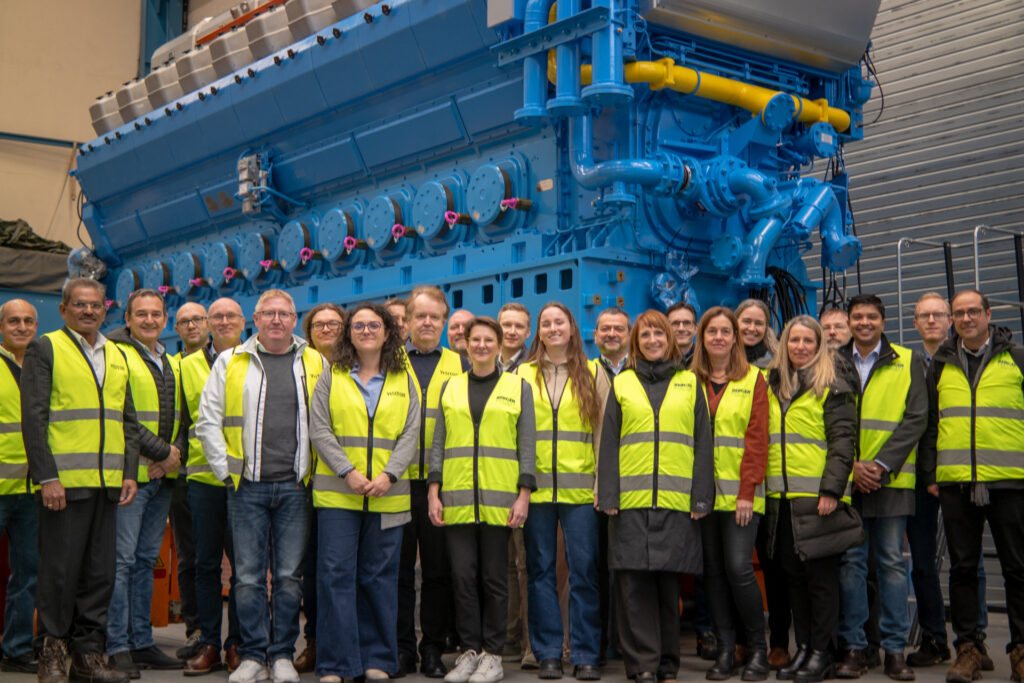Underwater Radiated Noise (URN) from ships is a major but often overlooked source of marine pollution. While shipping is praised for its low carbon emissions, the noise trapped beneath the water disrupts marine species’ communication, navigation, and reproduction.
A recent European Commission notice (March 11, 2024) sets a new threshold for underwater noise impact, requiring 80% of marine habitats to remain unaffected. Though it doesn’t impose strict ship noise limits, it mandates that EU member states assess and mitigate underwater noise pollution.
Unlike airborne noise, which has long been regulated, underwater noise has only recently gained attention. Research over the past two decades has revealed its significant impact on marine life, with studies linking whale strandings to sonar use.
The LOWNOISER project is stepping up to address this challenge. Supported by the EU, it aims to reduce URN from ships using existing and adaptable technologies. The project will also develop monitoring tools, set industry guidelines, and create certification frameworks for quieter shipping operations. With solutions applicable to new builds, retrofits, and ships in service, LOWNOISER is paving the way for a more sustainable and marine-friendly shipping industry.
Innovative Technologies for Quieter Oceans
The four-year project will demonstrate practical and durable methods to reduce underwater noise from ships. These solutions can be applied to both new ship designs and retrofitted vessels, ensuring they are accessible and scalable for the broader maritime industry.
Some of the groundbreaking solutions include:
- Air Lubrication Systems (ALS): These create a layer of bubbles beneath the ship to reduce drag and noise while lowering fuel consumption
- Low-Noise Bevel Gears and Engine Mounts: Designed to minimize vibrations and structural noise emitted by engines and propellers
- Onboard Monitoring Systems: Cutting-edge technology to track and adjust ship noise emissions in real-time
- Distributed Acoustic Sensing (DAS): This innovative method uses fiber-optic cables to monitor underwater noise in busy maritime areas without disturbing the marine environment
Five full-scale demonstrators, including HX Hurtigruten Expedition’s Roald Amundsen cruise vessel and Ibaizabal’s Montesperanza oil tanker, will validate the effectiveness of these cutting-edge noise-reduction technologies. The project will also measure their benefits for marine species, such as improving communication spaces for whales.
Building a Framework for Industry Change
LOWNOISER aims to leave a lasting legacy by creating tools and guidelines to shape international standards for underwater noise reduction. These guidelines will help shipbuilders, equipment suppliers, and regulatory bodies adopt sustainable practices and meet new environmental benchmarks.
Moreover, the project will engage stakeholders across the shipping industry to raise awareness of underwater noise pollution’s impact and the solutions available to mitigate it. By combining cutting-edge science with industry collaboration, LOWNOISER is paving the way for quieter, greener oceans.

The LOWNOISER partners gathered at the Bergen Engines factory at the project kick-off in January 2025.
PHOTO: Maritime CleanTech